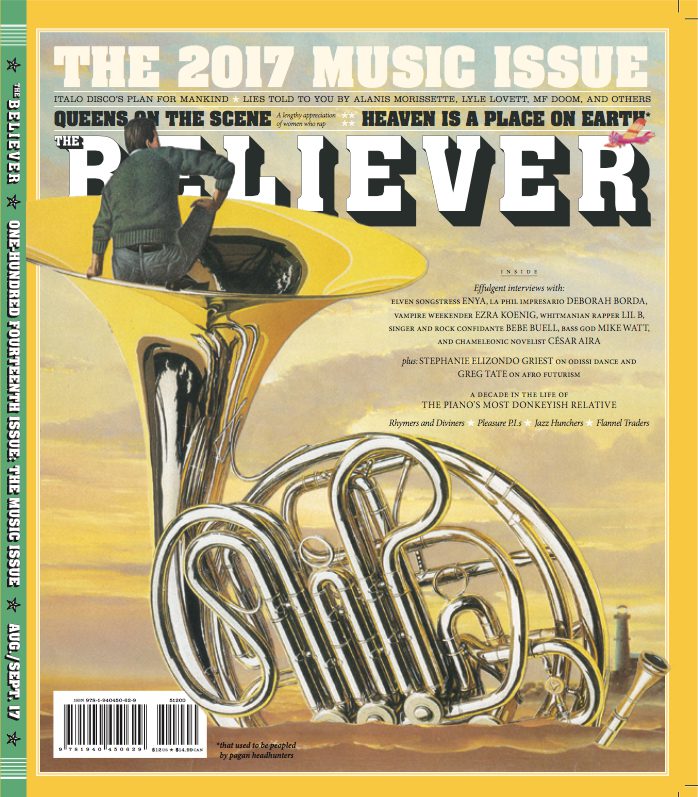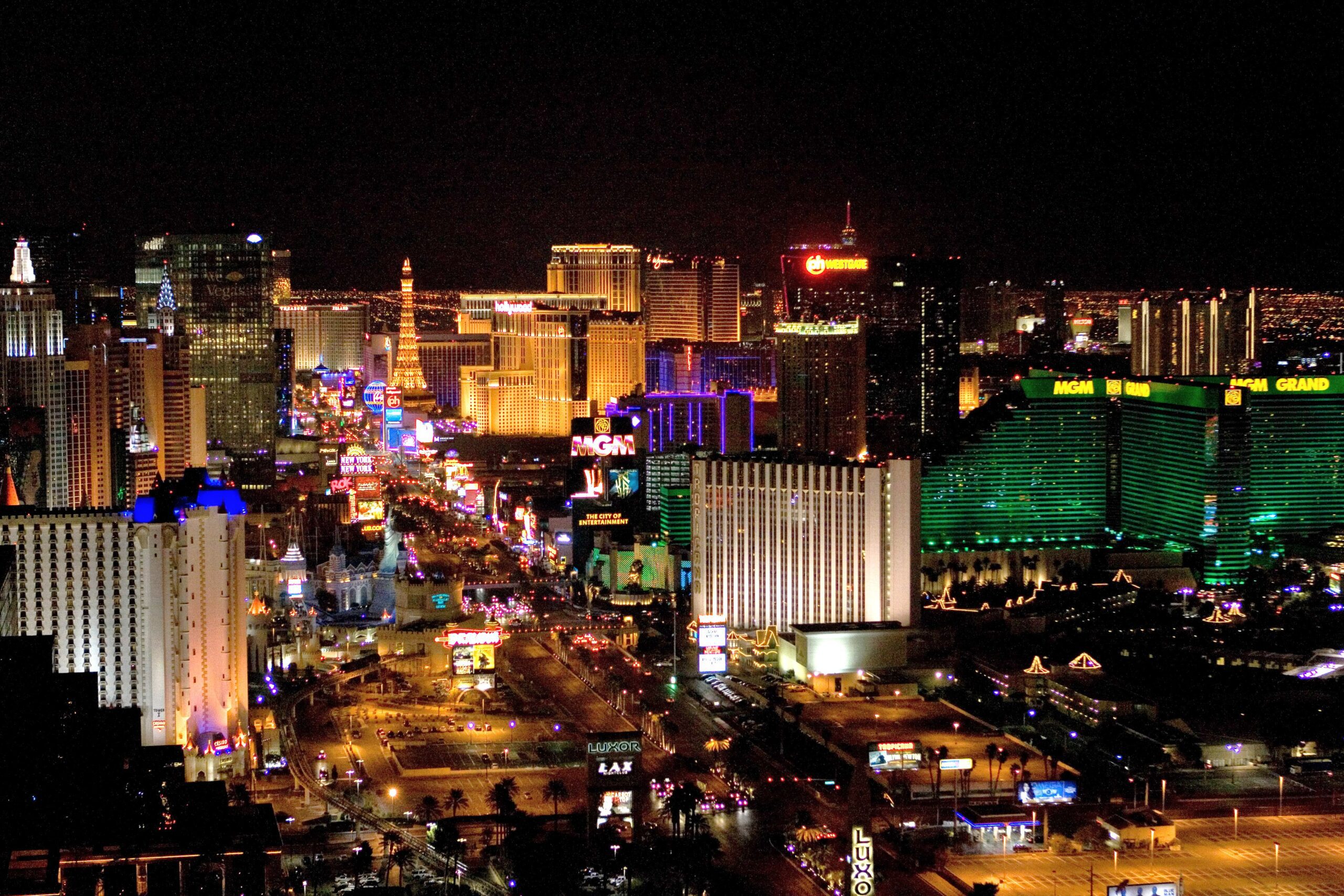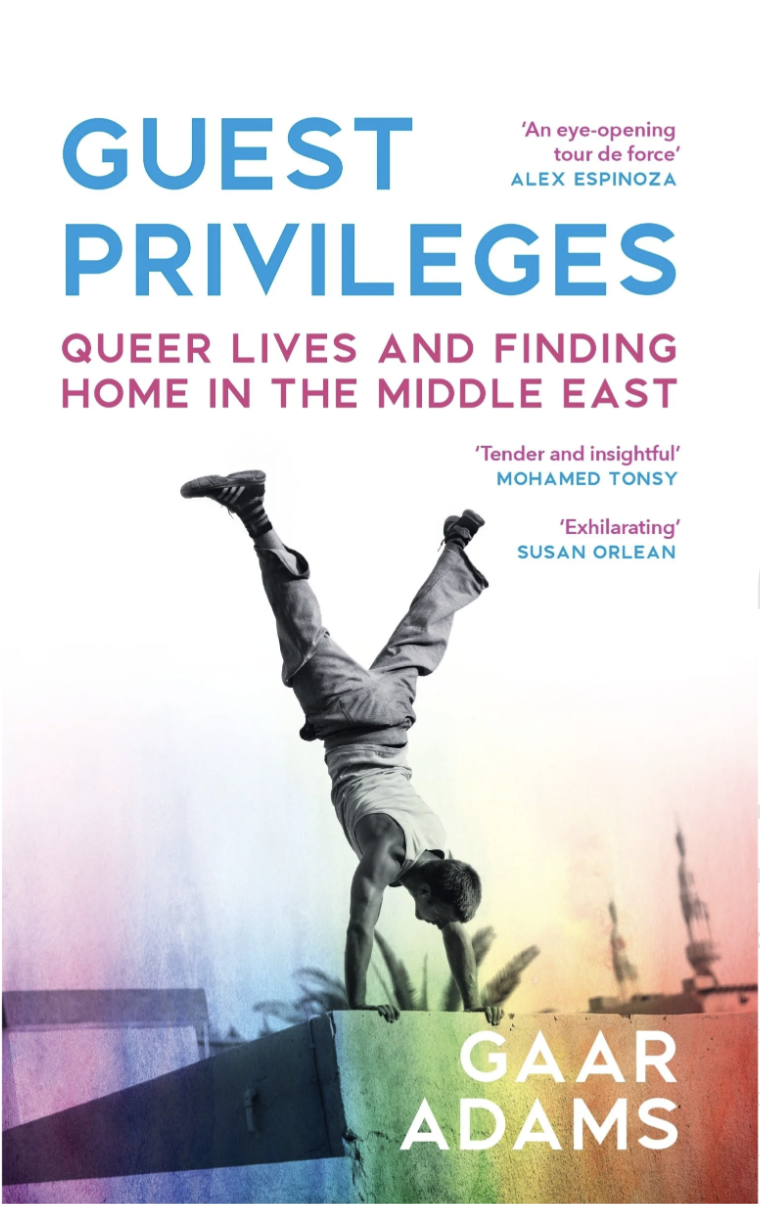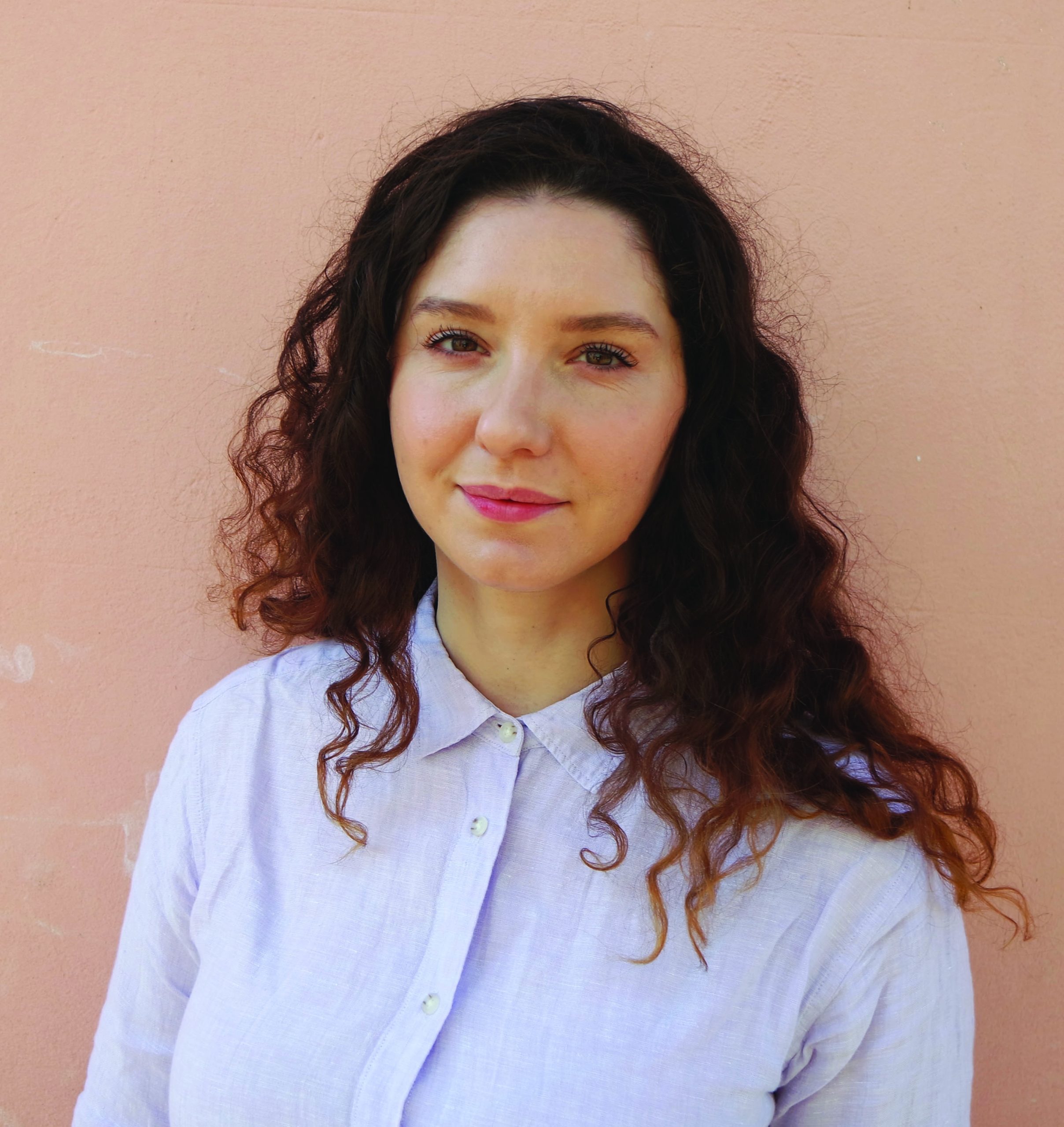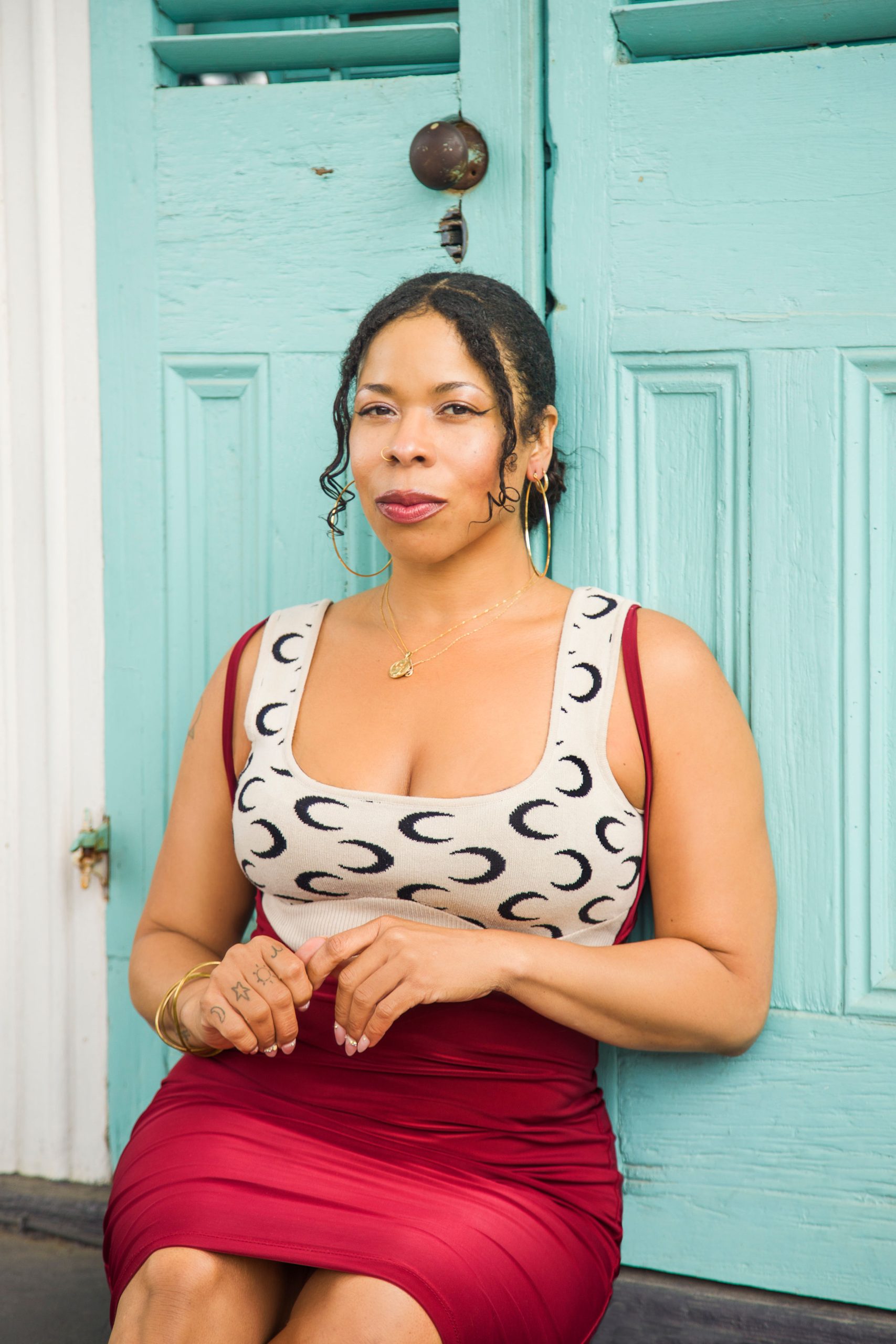I was as surprised as anyone else to hear, back in April, that The Believer, a fixture on the San Francisco literary scene for over a decade, was moving to Las Vegas—and, having married a Vegas native, I am aware of the city beyond the strip. Still, I had never been aware of the city’s literary culture. But, at the center of that literary culture is the ten-year-old Black Mountain Institute (BMI)—an affiliate of the University of Nevada, Las Vegas (UNLV)—and its Executive Director, the writer Joshua Wolf Shenk. The BMI does everything—from hosting readings and funding literary magazines to running an asylum program for writers in exile.
The first issue of the magazine under the leadership of Shenk, its new Editor-in-Chief, was released August 1. The release comes just a few weeks before classes begin for the first year of students to enter UNLV’s brand-new nonfiction MFA, which will give students the chance to work on the magazine.
At the beginning of our interview, Shenk, a seasoned interviewer himself, asked how long I planned to speak with him. I said thirty minutes, as we’d planned to run a mini-interview about the acquisition. Instead, we spoke on the phone for nearly an hour and a half—about how the acquisition came to be, Las Vegas as the magazine’s “spiritual home,” and his vision for UNLV’s new nonfiction arm of their MFA program.
***
The Rumpus: Just to start, I’d love to hear you describe, in your own words, the BMI’s mission and programs.
Joshua Wolf Shenk: It’s a really unusual center because it combines all kinds of really potent elements for literary culture that are often separate—world-class publications that have communities activated around them, public programs that define the literary life of a major American city, a really strong competitive and increasingly prominent MFA/PhD program, and then finally this kind of activist, globally interested endeavor of the city of asylum program—we host a writer in exile—that matches up in a social concern with literary life like you would find at PEN Center. There’s no way to describe the BMI without getting into a mash-up of a variety of models. It’s a curious institution in a curious place, and they’re not unrelated.
There are a lot of very bright, intellectually hungry, cosmopolitan people in a city of several million people that has astonishingly few resources for literary life, and they have all rallied around the Black Mountain Institute—including the two women for whom we’re named: Beverly Rogers, our primary donor, and Carol Harter, the President Emeritus (and first woman president) of UNLV, who directed the BMI as the final act of her career.
The Nigerian writer and activist Wole Soyinka was really friendly with the cofounder of the MFA program here, Richard Wylie, and also shaped this literary center in this American city that was also looking all around to be a citizen of the world. One of the first components of our founding program is the city of asylum program. We host a writer who is in exile—had to flee their home country—because of their writing. Then we started hosting fellows and doing public events, bought WITNESS magazine some years ago…
In sum, BMI is unusual because we’re both hyperlocal and exquisitely global in our concerns. Institutional collaboration has always been in our DNA as well.
Rumpus: And then—The Believer. I read that the magazine wasn’t initially for sale. How exactly did the acquisition come to be?
Shenk: When I got this job, I introduced myself to a variety of people. I was going to take the mantle of this institution that has always been extremely collaborative. I had just written a book about collaboration, on relationships and creativity. I had this really cool opportunity to lead something that had a really strong identity—I can say this is who we are, this is what we do, what we are interested in—but also had a big mandate to expand because of a big gift that had recently been made.
So I was making the rounds, and I met with Andi Winnette [Managing Editor at McSweeney’s] and Jordan Bass, who was publisher at the time. We were throwing around ideas and had this idea to do a big festival in Las Vegas that would be a collaborative enterprise—we would co-curate, doing stuff that would work for our audience but also create material for the magazine. It made sense for them financially because it was like we were going to sponsor an issue.
Because of this project, we got to know each other and over the course of many months and began to see there was really this uncanny fit between The Believer and the Black Mountain Institute. They were on a hiatus with an uncertain end because of their financial needs, while we were looking to ramp up with this unusual bounty.
And I feel self-conscious saying it, but it did feel like there was this kind of spiritual connection.
Vendela Vida and Heidi Julavits, the two founders still involved with the magazine, have always loved Las Vegas and have always thought of Las Vegas and The Believer as having a kind of relationship because The Believer is about breaking boundaries and being surprising and unconventional. Vendela has referred to this move as The Believer’s migration to its spiritual home. And she’s not joking. They feel this resonance.
There’s also the question of How do you support lit writing and publishing? What’s the model—is it commercial advertising? Because that has certain limitations. Are you going to run as a 501(c)3 nonprofit? We’re a mash-up, but being with a university, we have this opportunity to draw on graduate students, and one of the things we wanted to do from the moment this gift was made was to create a literary nonfiction track MFA track at UNLV. We’re at the dawn of a new program where we’re going to have eighteen funded positions for graduate students and new faculty, so all of that was part of the picture as well.
Bringing in The Believer and making BMI its publishing home really stimulated the ambition of the university—the nonfiction track had always been the plan, but the can needed to be kicked down the road.
Rumpus: And The Believer did that?
Shenk: Precisely. It’s one thing to lay things out in planning documents; it’s another to have the provost sign that piece of paper that leads to a faculty search. It was all happening at the same time in a context that was just super entrepreneurial.
I don’t know of another place where you have a brand-new program that also has the opportunity to be involved with something like The Believer. We’re going to build slowly, with six graduate students involved the first year, another six the following year, and so on. It’s an unusual opportunity, and one that comes at this moment where a lot of people are asking themselves, How is literature supported? And especially, How is nonfiction supported? There are a lot of demands on producing good nonfiction because you need money for research and travel and fact-checking—all these things poets and fiction writers don’t need, or don’t need as much.
Poetry and fiction have had a home in the academy for sixty or seventy years. Nonfiction hasn’t because there was an economy that supported this for so long. Ta-Nehisi Coates started at the Washington City Paper when David Carr was the editor. They were publishing long articles that writers could spend a couple months on. I don’t know where that would happen in 2017.
So the university becomes a new home for that kind of work.
Rumpus: That’s so interesting. I’ve thought about what’s happening in journalism but hadn’t thought about the university as the place that was taking over.
Shenk: The history of nonfiction is closely tied to what’s happening in the economy. When Tom Wolfe was writing, there was a surfeit of fashion advertising, so places like the New York Times had a surfeit of space and so Wolfe started writing all these articles, and no one cared what he did cause they had that space. Same with writers like Norman Mailer, Gay Talese, and Joan Didion—people don’t think of Didion as an assignment writer but she wasn’t interviewing The Doors for an essay in The White Album, she was on assignment.
The center of gravity for literary nonfiction isn’t in commercial publications right now. MFA programs have grown up to fill that gap but there is a hugely pervasive influence of a certain vision of nonfiction that I think is extremely complicated and problematic. It is the nonfiction writing that questions the role of fact, questions the very relationship between any kind of shared reality in nonfiction literature. And it has thrived in the academy, but at a very sharp remove from the writing that I grew up admiring.
Writers like John D’Agata, David Shields, Geoff Dyer—and Dyer, for instance, is a great hero of mine—don’t see much distinction between fiction and nonfiction. Dyer even thinks it’s a little bit silly. I don’t think it’s silly. I think they are different genres that have different burdens. The borders between the genres are really exciting and fecund, but it’s not a casual question for me of whether I can tell you that I’m wearing brown shoes or that I’m wearing purple shoes that have shark teeth in their soles. One is a piece of material that at least in theory can be observed by any number of reasonable people, and the other is a leap I’m taking in my imagination.
I know it sounds a bit cranky for me to emphasize the role of fact, but I really think it’s foundational, and I think the assault on fact is problematic in ways we’ve just barely been able to realize. The difference in training Coates got from David Carr and what a lot of students in MFA programs are getting is really striking. I was shocked by what I heard when we were interviewing faculty for these positions. One person asked to define nonfiction said, “Fiction and nonfiction are both lies, but there’s a difference in the kind of lie you tell.” I understood that as a kind of aesthetic position that was provocative, and I also recognized her practice as having a lot of validity. But I don’t think that we as a field have really grappled with the consequence of making that an example for young writers who have not been presented with an alternative.
Of course, we are all championing whatever practices we have found. Everything I’ve ever been published as been fact-checked, and in my experience, a sentence with errors in it is a shittier sentence. Truth and beauty are hugely supporting. One little beautiful detail can work to establish the moment with so much immediacy and emotion. That to me is really exciting and wonderful and rigorous, and I am excited to argue for its value for young writers and to bring that into the academy.
It’s been a value for The Believer that it be fact-checked and that it be rooted in the actual as well as a meeting place for beautiful, voicey, original writing that really is engaging in a full-hearted way with our shared reality. And it has produced—or at least published—some of the most interesting writing of our time—like Leslie Jamison and Eula Biss. I believe, now, at UNLV, there’s an opportunity to bridge the kind of writing that most writers want to read and that writers really admire, on the one hand, and the opportunity that universities offer in a safe, nurturing place to develop craft. I’m hoping that UNLV will really have a distinct presence in this marketplace of MFAs.
The founding faculty have yet to be announced, but the first guest faculty member will be Adrian Nicole Leblanc. Among my nonfiction colleagues, she is one of the people I know who is most passionate about teaching the craft she learned in a different era and that she thinks is endangered. She spends years on books not because she’s a stereotypically tortured artist, but because it actually takes her that long to learn the shit she needs to write the book. She’s one of the names we’re going to put on the billboard, and on a deeper level, a sign of the kind of writer we want to be in league with.
Rumpus: Your first issue, the music issue, is coming out in August. Tell me about it!
Shenk: When the magazine went on hiatus in 2015, they were still commissioning and editing and had an issue that was virtually ready for press. We want to get the material out in the world because we think it’s great and because the contributors have been waiting patiently and lovingly and so we want to celebrate that. There will be a slow build to a place where we’re doing stuff that’s newly commissioned.
We’re thinking the December issue will be the first where there’s more new stuff than old. We’ll see. I hope people will love the stuff we’re publishing. People I think implicitly recognize a transition in a magazine—it’s not like a new family moving into a house—all the furniture gone and they’re knocking down a wall. I don’t know quite what the metaphor is…
Rumpus: Moving in with your parents?
Shenk: I don’t think it’s that either, but there is a lot of discovery—a lot of learning about what’s already there. In the conceptual phase, I told Heidi and Vendela, one of my primary reference points was Spy Magazine, which had a very rocky passage from the founding editors and then folded. It was really important to me to respect the organism. And I use that word deliberately. The Believer is a living thing. It’s made up of people. Then there are filaments and almost neural charges between the different nodes that make up this world—not just of editors and contributors but also the readers of the magazine. This kind of air of expectancy around a cultural institution is pretty rare. I don’t take it for granted.
Rumpus: And then I’m going to apologize in advance but I have to ask about Vegas. What’s your relationship to the city, and what do you make of all the snark surrounding the magazine’s move from San Francisco to Vegas?
Shenk: Vegas is a really complicated place, and people can have whatever idea about it that they want, but thinking you understand Vegas because you’ve been in a strip hotel is like thinking you understand New York because you’ve stayed in Times Square—it’s not a perfect metaphor because Times Square is not to NYC what the strip is to Vegas, but it’s a revealing one. I mean it would be laughable to a New Yorker if someone took a cab from LaGuardia to a midtown hotel, hit a couple of tourist spots, and then said they know the city. People in Las Vegas have the same idea about people who never leave these hotels which are designed for people to not leave. There are many ecosystems in a major city that I don’t mind if people criticize or make fun of, but they should do it with some awareness.
I’m not going to say I understand the city fully, and I don’t want to be a Pollyanna about it either, but there is a lot going on. One of the nice things about having a nonfiction program here is that you can drop into a lot of worlds from where I’m standing now. One image I love to use as a metaphor for Las Vegas for those who don’t know it other than in its clichés is those maps on the back of an airline magazine—the ones that show the routes of an airline in white lines. Some cities are just all white because they’re so many lines coming into that area—and that is the best of Las Vegas because it’s just an insanely diverse place. Everyone is from somewhere else. I lived in an apartment building for the first six months I lived here, and I hardly ever heard English in the elevator—plus there are forty-two million visitors coming through the city every year. Then it’s also as American as a strip mall. It’s a strange place of convergences and that’s a lot of the excitement of being here.
It connects to what we were talking about with nonfiction. In my view, nonfiction writers should go out, talk to people, and look at what’s around them. Las Vegas is a place where you’ll see a lot and hear a lot. It’s very alive, a naked city—the grid of this city is super exposed. David Foster Wallace called it the least pretentious city in America. Dave Hinckley says things that are hidden elsewhere are exposed here in their quotidian reality. One complicated defense I would make of the city is that the things that are on view here make people uncomfortable, and that’s one reason people want to make it a big joke.
In some ways, it’s obviously a suburb of LA, but it has more in common with New York in its soul—it’s a city of people from other places. I think when Vendela and Heidi are excited about The Believer being here, that’s what excites them—it’s a mash-up city, a palimpsest city. And I think of The Believer’s cover, which is a collection of four images that are reflecting off each other. The magazine itself is a mash-up, as is the essay itself, as a place where multiple influences, ideas, and texts converge. I think that may be part of what Vendela and Heidi are thinking when they say Las Vegas is the magazine’s spiritual home.
***
Author photograph © Emily Wilson Photography.


